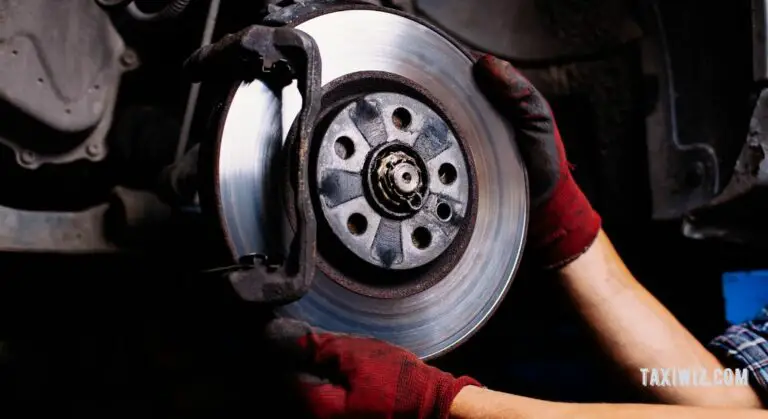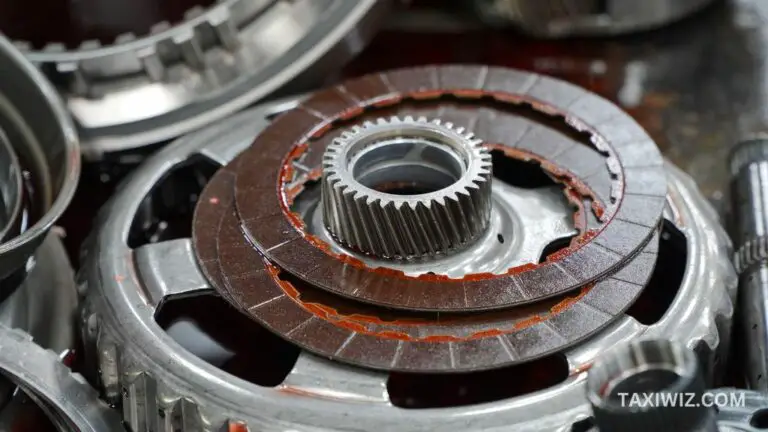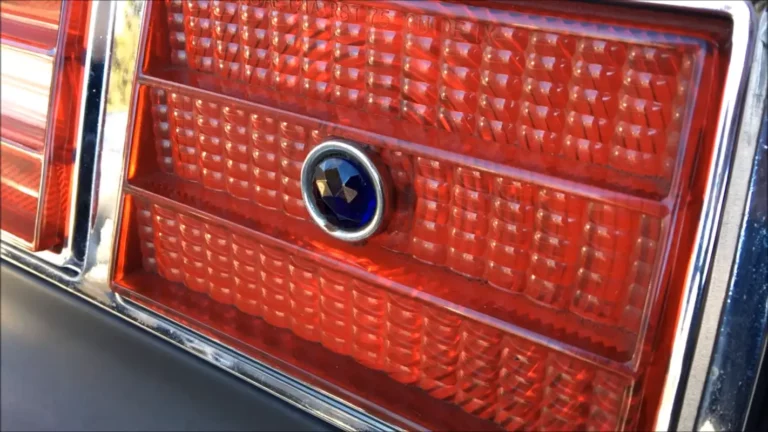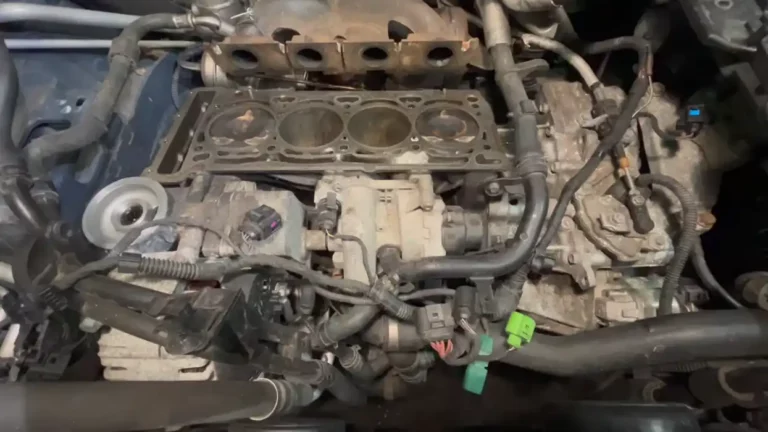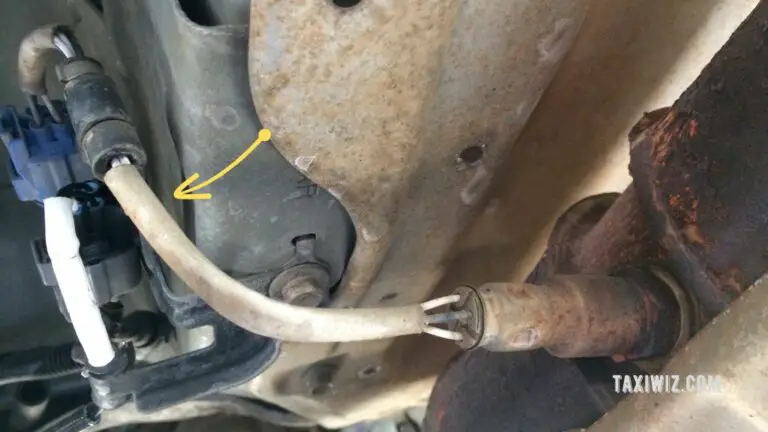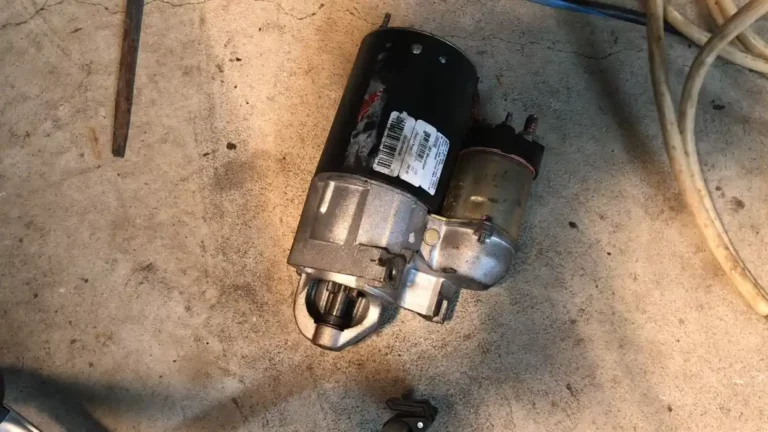Vehicle Dynamic Control Warning Light – Everything You Need to Know
The VDC or Vehicle Dynamic Control warning light comes alive if there are any stability issues on your vehicle. There are quite a few factors that might be behind this, but primarily they can be divided into two:
- Manual Deactivation of VDC
- Stability Components Malfunctioning
In this guide, we will walkthrough all the details you need to know about vehicle dynamic control warning light, their functions, possible solutions, and the benefits it brings to the table.
What is Vehicle Dynamic Control (VDC)?
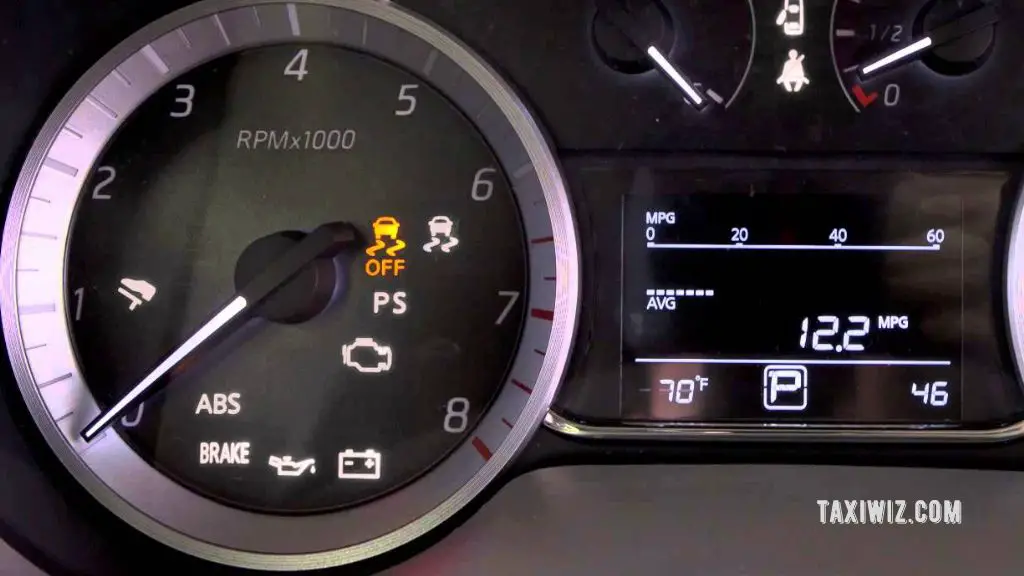
Before we get into the reasons and solutions for VDC lights turning on, let’s understand what a vehicle dynamic control system actually is.
VDC or more commonly known as Electronic Stability Control (ESC), is an advanced protection system implemented on modern vehicles.
Its purpose is to reinforce your car’s stability along with maintaining control & balance if different driving conditions. In some car models, this feature is also referred to as Dynamic Stability Control or DSC.
The VDC system is an active safety feature, so as soon as you turn your vehicle, it will start to help you maintain the balance of your ride. This system also collaborates with ABS or Anti-lock Breaking System, TCS or Traction Controls System & EBD or Electronic Brakeforce Distribution.
Therefore, as soon as any issues in the mentioned systems occur, you will be notified by the car’s UI that there is something wrong. Usually, this indicator is the vehicle dynamic control warning light.
How Vehicle Dynamic Control System Works
There are three major components that make up the VDC system of most car models these days. And they are:
- Stability Sensors
- Electronic Control Unit (ECU)
- Hydraulic Modulator
Stability Sensors
These sensors are the most important part of the VDC system. They will analyze and collect data on the behavior of a vehicle and find out which path you are taking & whether or not you are on your optimal balance settings.
The collected data will be sent to the ECU, and further actions will be taken afterward. There are 4 types of stability sensors that are found in a vehicle. They are –
1- Wheel Speed Sensors
These sensors are placed on the wheels and monitor the rotation speed, traction, and movement of the tires. If there is any anomaly, they will contact the ECU directly.
2- Lateral Acceleration Sensor
As the name suggests, these sensors detect the acceleration of your vehicle. Their primary focus is to collect data on the side-to-side acceleration and balance situation of a car.
3- Steering Angle Sensor
This sensor is placed on the steering wheel of a car. They monitor how the driver is steering the vehicle and compare that information with the actual movement of the car. Basically, it is a sensor for gathering steering input.
4- Yaw Rate Sensor
The most complicated data collection is conducted by these sensors as they work to detect the velocity on a car’s vertical axis. They are usually placed upon the sides of a vehicle, but their placement changes depending on the model & manufacturer.
Electronic Control Unit
The brain of VDC is the electronic control unit where all the data from different stability sensors gather and gets calculated. After the calculation, if the ECU unit verdicts that there is any sort of issues, then the VDC system will take action through the help of hydraulic modulators.
ECU is a small computing chip placed on vehicles, the computing power varies from one model to another, but the chips are known to make complicated calculations at ease. That is how they are able to support a vehicle in real-time.
Hydraulic Modulator
From the name of the component, you can guess that it is connected to the hydraulics, meaning the brakes. That is exactly what this component does. The hydraulic modulator will apply the brake on wheels from the command from ECU.
The force of the brakes can vary from one wheel to another. They do not turn off the movement of the tires, just change the speed and positioning enough so that the car maintains its balance perfectly.
This is how the entire VDC system functions. Suppose the system faces difficulties in conducting any of the mentioned tasks. In that case, it will think that as a malfunction of orders and will illuminate the dynamic visual control warning light on your car’s dashboard.
Reasons Behind the VDC Warning Light & Their Fixes
Here are some of the most common reasons why you might be seeing a VDC warning light flashing on your vehicle’s dashboard:
1. You’ve Manually Turned It Off
Some major parts of your vehicle need to get damaged for the VDC warning light to just pop up. That is why most of the time, it illuminates because you’ve turned off the VDC system all by yourself and just forgot to turn it on.
It can also happen accidentally. This is because the VDC button’s placement differs from one model of vehicle to the other.
Sometimes, VDC systems can become a burden and actually hampers your driving experience. In those cases, you are suggested to turn it off. A common example is when you are driving in very deep snow.
So, if you see the vehicle dynamic control light popping off, then before doing anything, just find the VDC button and try turning it on and off. If you cannot find the button, just consult the user manual that came with your car. It should tell you where you can find the button.
2. Problem with the Functioning Components
If any of the functioning components described earlier is malfunctioning, you can be assured that you will get the VDC warning light illuminating.
In those cases, the only option is to find the troublesome components and fix them accordingly.
Among the stability sensors, the wheel speed sensor & the steering sensor tends to get damaged the most. Sometimes, dust and dirt get in the way of the sensors. So, be sure to clean the sensors before declaring them to be damaged.
As for the other two sensors, they usually don’t get damaged unless you have been through a car accident. The same goes for the ECU and hydraulic modulator.
Getting your vehicle checked by a professional mechanic is the best option to be sure in this case.
3. Having a Low Amount of Brake Fluid
Brake fluid is crucial if you want to slow down and maintain control of your car. It is also one of the most common reasons why people get VDC warning lights. This is because the brake fluid wears down over time, and if the amount gets significantly low, the brakes will stop functioning properly.
When that happens, the ECU will determine that there is something wrong with the overall functionality of your vehicle, and thus, the vehicle dynamic warning light will illuminate. Just adding brake fluid should solve the issue easily.
Brake fluid compatibility is also something that affects the braking system. So, if you are seeing the VDC warning only after you’ve changed your brake fluid, then maybe you just didn’t pick the fluid that is compatible with your car.
So, make sure to consult your manufacturer before you change the brake fluid of your car.
4. Steering Rack Malfunction
The steering rack allows a car to follow the motion of its steering wheel. So, if it starts to malfunction,ECU will detect that as a threat to the VDC system and notify you by lighting the VDC warning light.
To fix this problem, we recommend that you seek professional help. This is because unless you have proper knowledge, changing a vehicle’s steering rack can be quite tricky.
There are different types of steering racks and gears. So, if you choose wrong, your VDC warning light issue will remain, and you may sign your car up for serious internal damages as well.
5. Bad Road Conditions
In a car, the VDC system is placed so that it can maintain balance and stability; when it cannot do so, it warns you by lighting up the VDC warning light on your car’s dashboard.
Sometimes, when we go through extremely slippery or jumpy roads, the VDC system can’t implement itself properly. So, it thinks something is wrong with the functionality and sends you a message.
Just check if the lights turn off when you are on a proper driving surface. If that is the case, then you have nothing to worry about.
Why Should You Address the Vehicle Dynamic Control Light?
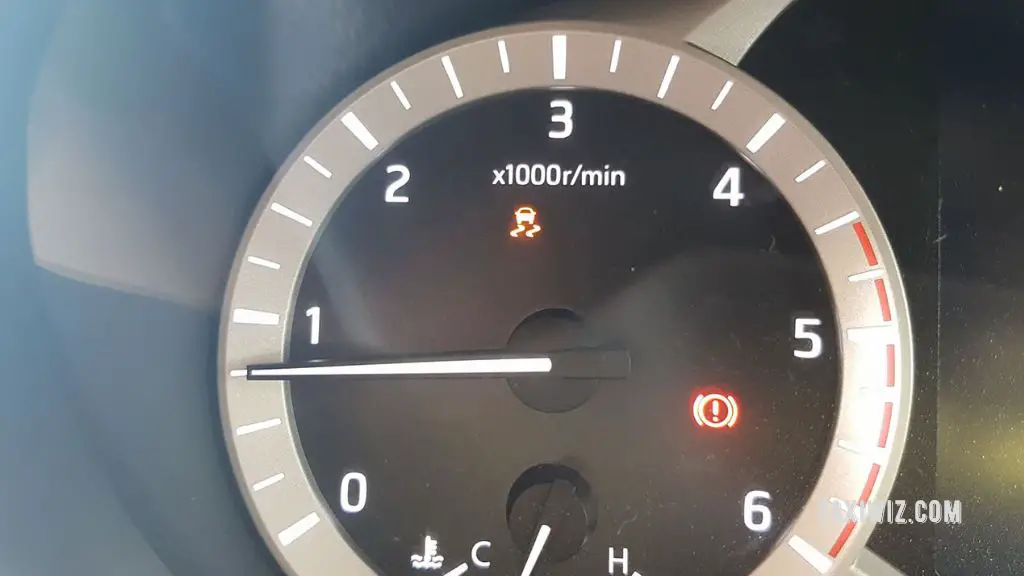
Maintaining the VDC system isn’t a top priority for a vehicle to hit the road. Then should you just ignore the warning light? Not really. Here are the reasons why:
- VDC system brings increased stability and traction, which helps to prevent a car from skipping, sliding, or losing control when going through terrible road conditions or making swift turns at high speed.
- It also improves & mitigates both understeer & oversteer, which helps maintain your car’s intended trajectory.
- Finally, it makes driving much easier & safer for drivers
Unless you don’t want to enjoy these benefits, ignoring the VDC warning light shouldn’t be your choice.
Frequently asked questions (FAQs)
Does VDC reduce power?
Only in certain occasions. When the VDC system realizes that the vehicle Is losing control, then it intervenes by reducing the engine power to maintain the steering control.
Should vehicle dynamic control be on or off?
It should be always on unless you’re stuck in heavy mud or snow and trying to get the car out. In that case, you should turn it off.
What do you do if your stability control light comes on?
First try to see if you accidentally turned it off. If that’s not the case, get it to a professional workshop for diaognosis. Once the issue is found, get the necessary repairs done.
Conclusion
The vehicle dynamic control warning light lets you know that there is an issue with your stability safety feature. If you find this light on, then you should take action to find out and fix the problem.
Use the fixes mentioned in this guide, and you should be fine.

